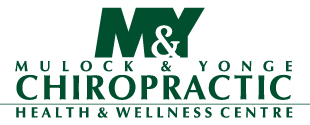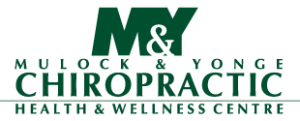New Physician Guideline Supports Non-Drug Treatment for Low Back Pain
The American College of Physicians (ACP) has created a new clinical guideline for low back pain treatment.
What Does This Mean?
Patients with acute, sub-acute or chronic low back pain are suggested to undergo a range of non-drug treatments and only resort to medication as a last step.
Preferred treatments include: spinal manipulation, superficial heat, massage therapy, acupuncture, exercise, multidisciplinary rehabilitation, mindfulness—based stress reduction, tai chi, yoga, motor control exercise, progressive relaxation, electromyography biofeedback, low level laser therapy, operant therapy, or cognitive behavioral therapy.
When Would Drug-Related Therapy Apply?
Drug-related therapy should only be pursued by chronic pain patients who have exhausted all other treatment modalities with no success.
In terms of drug treatments, non-steroidal-anti-inflammatory drugs, although there are risks associated, are considered first line, tramadol is second line and opioids, which were a go-to first line therapy, have now been dropped to a last resort option. This is directly connected to the relevant dangers of prescribing an opioid painkiller, and should only be considered for patients who have tried the other treatment options and have had no success. It is also understood in the guideline, that all relevant risks to the patient should be addressed before beginning the drug related therapies.
Chiropractors have long advocated use of non-invasive, non-drug approaches to the treatment of low back pain, and now the ACP is in support.





